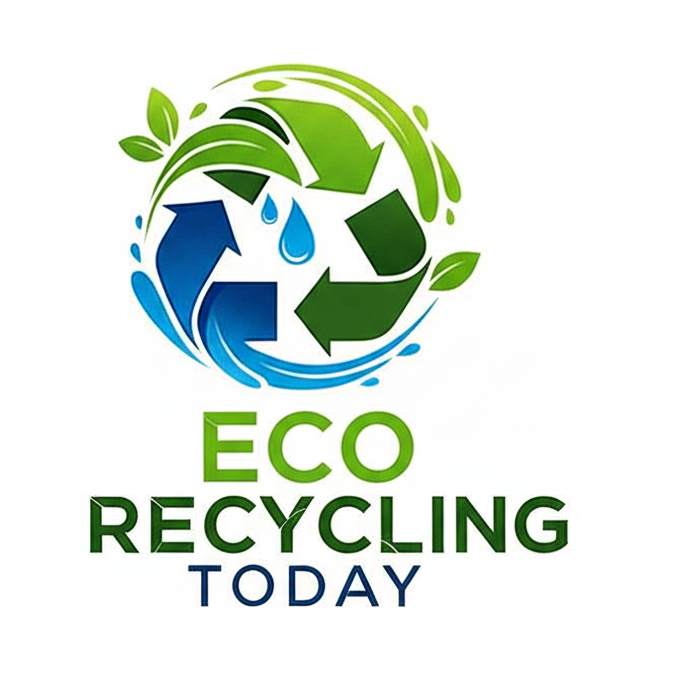Aluminum recycling has become a cornerstone of sustainable waste management and environmental conservation. With its endless recyclability and widespread use in industries, aluminum is one of the most eco-friendly materials to recycle. We’ll explore aluminum recycling, the recycling process, and how it contributes to a sustainable future.
Aluminum can be recycled 100% without losing its quality or structural integrity. This unique property makes aluminum a highly sustainable material, as it can be reused indefinitely. Recycling aluminum not only saves energy but also reduces the need for raw material extraction, making it an essential part of a circular economy.

How Can Aluminum Be Recycled?
Recycling aluminum is a straightforward process that involves collecting used aluminum products and transforming them into new materials. Items like beverage cans, foil, food containers, and industrial scraps can all be recycled. By participating in local recycling programs and encouraging businesses to adopt recycling practices, everyone can contribute to this sustainable process.
Aluminum Recycling Process
1. Collection
- Sources include beverage cans, window frames, car parts, and foil.
- Municipal recycling programs and industrial scrap recovery are key collection channels.
2. Sorting & Separation
- Eddy current separators extract non-magnetic aluminum from other waste.
- Infrared sensors and X-ray scanners help detect aluminum alloys and remove contaminants like plastics or paint.
3. Shredding & Cleaning
- Aluminum is shredded into small pieces for efficient melting.
- Cleaned using decoaters, vapor degreasers, or thermal cleaning systems to remove paint, oil, or coatings.
4. Melting
- Aluminum scrap is melted in rotary furnaces or reverberatory furnaces.
- Fluxing agents are added to remove impurities.
5. Refining & Casting
- Molten aluminum is cast into ingots, slabs, or billets to be reused in manufacturing.
Aluminum Recycling Technologies
1. Eddy Current Separators
- Separate non-ferrous metals like aluminum from mixed waste.
- Essential in MRFs (Material Recovery Facilities).
2. Aluminum Shredders
Reduce the size of scrap, increasing furnace efficiency and uniformity.
3. Decoating Furnaces
- Remove paints, lacquers, or organic coatings before melting.
- Reduce emissions and improve alloy purity.
4. Rotary and Reverberatory Furnaces
- Melt aluminum scrap with high efficiency.
- Often equipped with oxygen injection and waste heat recovery systems.
5. Automatic Sorting Systems
Use cameras, sensors, and AI to sort aluminum by grade and alloy.
Aluminum Recycling Machine
Advanced aluminum recycling machines play a critical role in the recycling process. These machines include shredders, furnaces, and extrusion systems that ensure efficient and high-quality recycling. Modern machines are designed to be energy-efficient and easy to operate, making them essential for businesses and large-scale recycling facilities.
- Aluminum Shredder: Breaks down aluminum products like cans, sheets, and scrap into smaller, manageable pieces for further processing.
-
Aluminum Baler: Compresses aluminum waste into compact bales to optimize storage and transportation.
-
Aluminum Can Crusher: Crushes aluminum cans to reduce their volume, making them easier to transport and recycle.
- Aluminum Melting Furnace: Used to melt shredded aluminum into molten form for refining and casting into ingots or other shapes.
-
Aluminum Extrusion Press: Reprocesses molten aluminum into usable forms like rods, bars, or sheets for manufacturing.
-
Washing and Drying System: Cleans aluminum scrap to remove contaminants like oils, paints, or dirt before melting.
Recycled Aluminum Application
Recycled aluminum is used to create a wide range of products, including:
- Beverage Cans: One of the most common uses of recycled aluminum.
- Automotive Parts: Lightweight and durable, recycled aluminum is ideal for vehicle manufacturing.
- Construction Materials: Recycled aluminum is used in windows, doors, and roofing materials.
- Consumer Goods: Items like bicycles, cookware, and electronics often incorporate recycled aluminum.
By embracing aluminum recycling, we take a significant step toward a greener, more sustainable future. Whether at home or in business, every effort counts in reducing waste and conserving resources.
If you need a high-efficiency solution for aluminum recycling, we can provide advanced systems that process beverage cans, automotive parts, construction materials, and industrial scrap. Our machinery ensures optimal aluminum recovery and reuse—reducing environmental impact and promoting sustainability across industries.
